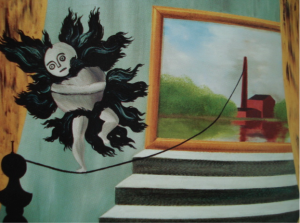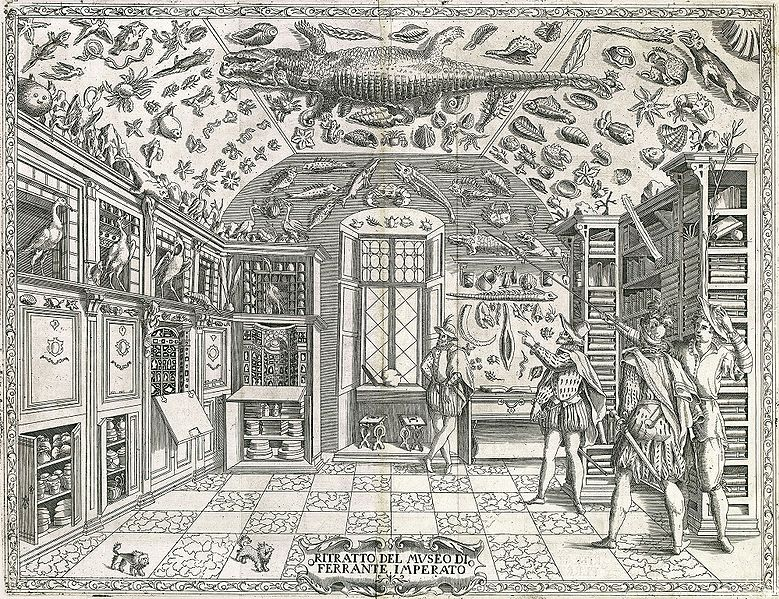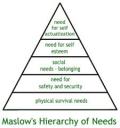I’m just back from the LAK17 conference in Vancouver. While I was there, I talked to a professor who had given feedback to doctoral students on their presentations in previous years. In most cases, it was the first time they had ever had feedback on their presenting skills. Thinking back to some of the talks I have heard from senior academics, I would guess that some have never had any help iat all in this area.
For me, an important part of presenting is the interactive aspect. If I see people looking puzzled, I try to go into more depth. If I see people looking bored, I’ll try to shift the pace. If a group of people arrives late, I’ll do a brief recap. If something of note happens in the room (loud noises outside, a phone going off , a butterfly circling overhead) I’ll try to react. A presentation is an opportunity to engage an audience and also to engage with an audience. I try to achieve that. I’m not claiming that I always succeed, but it’s always something I aim for.
The opposite of this approach is someone who reads a prepared script. I can see the attraction – particularly if you are nervous or if you are presenting in a language you don’t speak well. However, it’s usually far more difficult for an audience to follow. You put in more words. You use longer words. You start adding in citations. Your audience may be extremely familiar with the major works of every single person you cite – but it’s unlikely. If you cite two or three people in a single sentence, even the most skilled audience will be struggling to keep up. If everything you want to say is in the paper, people could just read your paper. Your presentation needs to offer something extra.
Small text doesn’t work. If you want your audience to read it, it needs to be big. If you are presenting to a large audience in a large room, your text needs to be very big. Unless it’s there as an example of illegible text, then small text serves no purpose. Long text has similar drawbacks. Either you have to pause awkwardly while the audience reads it, or you have to read it to the audience while they are reading it themselves, or you talk over it and the audience isn’t listening because they are reading the text.
You can run into the same problem with inexplicable images. For example, you put up a picture of a bear because you are talking about a big problem and you see a bear as an example of a big problem. While you talk about the issue, your audience is busy running through possible explanations for your choice of image. Woodland creature? About to hibernate? Likes honey? Lives in Canada? I once spent 20 minutes trying to figure out the use of an image on the second slide of a presentation. It was a presentation about a strong piece of work – in fact, it later won the prize for best paper – but I didn’t hear a word of it, because I was so distracted by the image.
Images also routinely get used without accreditation. People who scrupulously attribute the sources of their ideas use pictures without any reference to their creators. Sometimes, they even use ones that are have watermarks making it clear they are commercially available and should not be used without permission. It doesn’t take much effort to find images licensed using Creative Commons (you can filter your searches on both Flickr and Google Images in order to return these images). And when you use the images, credit them. Credit the work that went into them. Creative commons usually requires the author’s name and a link to the appropriate licence. This isn’t arduous, and it’s acknowledgment you would give to others whose work you have used.
A final thought. Your final slide. This is the one that stays up through the questions and answers that follow your talk. It is the slide that the audience spends most time looking at. Don’t waste it by filling it with ‘Thanks!’ Reiterate your key point. Provide a link to your work. Offer your contact details. Pose a question. Help the audience to engage with you once your presentation has ended.


